Negotiations for a new nuclear agreement
There are signs that Iran may return to the negotiating table. The regime’s willingness to reengage so soon with a country that directly and publicly attacked it—and openly backed Israel as it delivered the most punishing blows the Iranian regime has ever suffered—underscores the depth of its current distress and its readiness to pursue a diplomatic resolution. In the background, Russia is reportedly pressuring Iran to abandon enrichment, while European countries are threatening to activatee the snapback mechanism[1] if an agreement is not reached by the end of August. Tehran is deeply concerned about this prospect and in order to deter the Europeans has issued sharp warnings that it will respond harshly if the mechanism is activated.
The path back to negotiations is far from smooth: Tehran’s trust in the United States is at an all-time low. At the height of the Israeli attack—and prior to the American strike on Iran’s nuclear sites—Supreme Leader Khamenei remarked: “The foolish and malicious attack by the Zionist regime on our country took place while government officials were engaged in indirect talks with the American side, through intermediaries. There was nothing on Iran’s part that could have indicated a sudden military move or a severe escalation was imminent.”[2]
Moreover, in recent weeks, Iranian officials have made clear statements suggesting that the door to negotiations with the United States is closed. Foreign Minister Abbas Araghchi declared, “We have made it clear to all mediators that Iran will not return to the negotiating table with the United States.”[3] Other senior figures echoed this sentiment in the immediate aftermath of the fighting. “This is not the time for negotiations,” said senior regime official Mohsen Rezaei on July 3.[4] Two days earlier, on July 1, a government spokeswoman stated, “A decision has not yet been made regarding the negotiations… No date has been announced, and it is unlikely to happen anytime soon.”[5]
Yet despite the mistrust and ongoing tensions, familiar statements have begun to reemerge, echoing Iran’s pre-war positions in negotiations with the United States—positions last heard before the launch of Operation Rising Lion. These may signal a quiet reopening of the door to dialogue. On July 13, Foreign Minister Araghchi stated, “An agreement without the right to enrichment will not be accepted,”[6] The regime appears intent on “having its cake and eating it”: namely, it is seeking to benefit from the potential gains of successful talks—such as sanctions relief—without relinquishing its declared ideological red lines or core interests in the nuclear and security domains. This may explain President Trump’s July 15 comment that the United States is in no hurry to resume talks, even though Tehran is now ready to do so.
Meanwhile, a domestic debate over negotiations is taking shape. “Negotiating with America is, if not treason, sheer stupidity!” declared the headline of an opinion piece in the conservative newspaper Kayhan. The writer went on to assign blame: “The Supreme Leader has emphasized not once or twice, but dozens of times, the betrayal, deception, and unreliability of the United States. However, the Supreme Leader, in view of the insistence of certain politicians… agreed to negotiations on the condition that the regime’s red lines be upheld.”[7]
The context is clear: the piece accuses officials aligned with the moderate camp of pushing for negotiations and compromise with the United States—and holds them responsible for the disastrous consequences of that approach, including the “maximum pressure” campaign of 2018 and the Israeli attack in June 2025, which occurred in the midst of talks. Statements like this from Kayhan are familiar from previous periods when negotiations were ongoing. It is likely that the newspaper’s editor—known to be close to the Supreme Leader—published the column with the understanding that such an option is again being considered. Alongside the ideological press, the Majlis (still dominated by conservatives) also issued a statement: “We deeply believe that always, and especially under current circumstances, the lines drawn by the Supreme Leader are the key to Iran’s most imortant strategies and issues, and that his guidance should form the basis for national unity. Any deviation from this framework will please the enemy and undermine national interests.” The statement did not include an explicit reference to the guiding principles mentioned, nor is it clear whether it carries any binding weight for the government. Under the circumstances, it is likely a signal from the conservative camp expressing its opposition to unconditional negotiations. [8]
The moderate reformist press has also weighed in on the nuclear negotiations. On July 5, the Fararu news agency, which is identified with the moderate camp, wrote: “In light of recent developments, positions within Iran on diplomacy and negotiations have hardened. One side calls for closing the door on diplomacy, while the other argues that under these circumstances, negotiations and an agreement are needed more than ever. Both sides stress that the rules of the game have changed.” [9] Alongside this, a wave of articles and interviews has explored prospects for resolving the conflict with the United States through diplomatic means.
In parallel to the internal debate, senior officials have begun issuing notable statements regarding a possible return to talks. A Foreign Ministry spokesperson said, “There is an indirect connection with the United States… The Americans must prove their commitment to diplomacy.” [10] Foreign Minister Abbas Araghchi added, “Iran’s acceptance of the ceasefire is a new opportunity for diplomacy.” [11] Despite prior denials, the Iranian regime now appears to be dropping its pretense and moving swiftly toward renewed negotiations, while still emphasizing its longstanding position on enrichment, which remains an obstacle to any agreement under current conditions.[12]
Alongside the debate on the possibility of negotiations with the United States—and even as fighting continued during Operation Rising Lion—Iran launched a series of punitive measures against the International Atomic Energy Agency (IAEA). These included suspending cooperation and oversight, expelling IAEA inspectors from Iranian territory, and even threatening to prosecute IAEA Director General Rafael Grossi in absentia.[13] The deputy head of the judiciary stated, “Rafael [Grossi] must be held accountable for his frauds.”[14] The primary trigger for these steps appears to have been the IAEA report released just days before the Israeli strike, which Tehran perceived as providing a pretext for the attack.[15] As with negotiations with the U.S., this move does not mark a definitive break: the Iranian Foreign Ministry spokesperson, while issuing sharp accusations, said “the IAEA must act to build trust”[16] —hinting at the possibility of resumed cooperation under certain conditions. Araghchi also noted in a press conference that “under the law passed by the Majlis, all contact and joint activity with the IAEA will be conducted through the Supreme National Security Council,”[17] suggesting that cooperation is still a possibility.
For now, Iran has not issued any concrete demands to the IAEA as a precondition for resuming or expanding cooperation. However, it is reasonable to assume that if Tehran does seek to move in that direction, senior regime figures will impose terms for its return. In parallel with its apparent willingness to reenter nuclear talks, it is possible that Iran deliberately initiated this escalation as leverage—to extract concessions in exchange for restoring cooperation with the IAEA.
In conclusion, Iran’s conduct—at least outwardly—regarding both the nuclear negotiations and the IAEA does not indicate any acknowledgment of the regime’s weakened position following the Israeli-American strike. In practice, however, it is likely that the leadership is well aware of its current vulnerabilities and is working to minimize their impact on its future bargaining power.
The domestic front
Iran is engaged in a multi-pronged effort to bolster internal cohesion, framing the challenges it faced during the war with Israel as shared hardships confronting both the regime and the people. While the leadership continues to promote a narrative of national unity, it is also grappling with a trust crisis—marked by the pursuit and prosecution of suspected collaborators with the Mossad. At the same time, the regime is striving to maintain a sense of normalcy, or at least the appearance of it, across daily life.
In addition to touting their “military achievements” and highlighting the ongoing diplomatic process, Iranian authorities and media are working to cultivate a narrative of internal unity in the context of the conflict with Israel. For years, Iranian society has suffered from political alienation, deep divisions, and persistent disputes over the nature of the regime and the issue of individual freedoms. This tension has manifested in several major waves of protest, culminating in the Mahsa Amini demonstrations of 2022–2023, as well as in chronically low voter turnout during national elections.
The Iranian regime has sought to leverage the conflict with a “common external enemy” during Operation Rising Lion to rally the public and suppress internal divisions. Since the fighting ended, it has worked to sustain and amplify this “wave of unity.” President Masoud Pezeshkian declared, “We are grateful for your steadfastness and resistance, and we believe with all our hearts that this victory stems from the unity, peace and cohesion that we saw during this period. We must strive to ensure that harmony and cohesion, which are the nation’s greatest asset, continue.”[18] Other senior officials echoed this message of solidarity, as did Friday preachers, who receive guidance from the Supreme Leader’s office on the key themes they should transmit in their sermons. In Mashhad, one preacher said: “Even those with no religious affiliation stood by the regime and the revolution during the aggression of the Zionist regime and the United States. Allah directed hearts toward the leadership, and all hearts turned in search of the leadership.”[19] The regime also used the funerals of assassinated senior officials as opportunities to stage public displays of unity and shared sacrifice.[20]
At the same time, the authorities are contending with the issue of Iranian collaborators with the Mossad: During the 12-day conflict, Iran launched a sweeping crackdown on suspected “Mossad spies,” setting up checkpoints, stopping suspicious vehicles—mainly vans and trucks—and making widespread arrests. Despite the ceasefire, fears persist that Iranian citizens may be cooperating with foreign elements or using foreign tools to undermine the regime. In response, the Majlis passed two significant laws: one banning the use of Starlink, which is suspected of facilitating espionage, [21] and another stiffening penalties for those accused of spying.[22] Authorities have also urged citizens to remain vigilant. Iran’s Chief of Police, Ahmad-Reza Radan, appealed to the public: “I ask the people, as in the past and as in recent days during the war, to report every suspicious movement, every unusual behavior, any irregular rental—even the purchase of a car where the other party refuses to give their name—anything that they are suspicious of that might help us disrupt the enemy’s efforts.”[23]
The regime continues to take additional practical measures to address these concerns. It has interrogated Afghan citizens on suspicion of collaborating with Israel,[24] and arrested at least 800 people on various charges.[25] At one point, two young men were shot by Basij members manning a roadblock.Their funeral procession featured anti-regime chants,[26] that gained considerable traction on social media channels, but did not escalate into a broader protest movement. The regime’s campaign to hunt down spies requires it to navigate the tension between the need to intensify enforcement against collaborators—through blunt tools such as roadblocks and mass arrests—and the fear of provoking unrest among the population as a result.
On balance, the internal repercussions of the strike have not been significant thus far, and the regime continues to function effectively despite the blow to its assets and to its standing. It is also evident that the opposition failed to seize the opportunity to challenge the regime in the wake of the strike. Still, as the unity narrative weakens over time, familiar divisions and grievances are likely to resurface, potentially with even greater intensity, especially if international sanctions are tightened and public disillusionment over the consequences of the strike grows.
Disruption of civilian life
In addition to the military crisis that befell Iran, the civilian economy also suffered from the consequences of the war with Israel. There were numerous reports of disruptions to the financial system, shortages of goods and fuel, and and serious difficulties in road transportation—particularly in Tehran. Amid this backdrop, the Iranian regime worked to project an image of “control over the situation,” consistently reporting that conditions were normal and that services experiencing disruptions would return to routine as quickly as possible.
However, after the ceasefire, alongside reports of the continued normal operation of most of the country’s infrastructure and the government’s efforts to address shortages,[27] the authorities acknowledged malfunctions in the financial system[28] —two banks were targeted in a cyberattack, and there were reports of a shutdown of the stock exchange and a cyberattack on a crypto exchange. In addition, the authorities reported that approximately 3,500 housing units require renovation or reconstruction due to the attacks, along with around 700 commercial units.[29]
In the days following the ceasefire, cracks began to appear in the image the authorities had tried to project, especially concerning food supplies. According to reports, the cyberattack disrupted the subsidized bread distribution system, leading to limits on bread sales.[30] Further reports claimed that to keep track of essential inventories, officials began inspecting the market every two hours.[31] On June 30,[32] Vice President Aref issued a directive freezing the prices of goods and services until further notice. The regime appears to be maintaining tight control over the market to head off any potential shortages. Vice President Aref has been the most prominent voice on the issue and he may be overseeing the stabilization efforts directly.
In addition to all this, one of the sectors that experienced a relatively prolonged disruption was civil aviation, which was suspended at the start of the fighting and gradually resumed. The reopening of Iran’s airspace was delayed far beyond the cessation of hostilities and was only fully reopened on July 4.[33] The reopening was carried out gradually, seemingly due to concerns over another Israeli strike and the need to repair runways damaged in the attacks.[34]
[1] https://www.axios.com/2025/07/12/putin-iran-nuclear-deal-uranium-enrichment
[2] https://farsi.khamenei.ir/speech-content?id=60462
[3] https://kayhan.ir/fa/news/313361
[4] https://www.asriran.com/fa/news/1073965
[5] https://www.tasnimnews.com/fa/news/1404/04/10/3345983
[6] https://www.tasnimnews.com/fa/news/1404/04/22/3353337
[7] https://kayhan.ir/fa/news/313660
[8] https://www.irna.ir/news/85889859
[9] https://fararu.com/fa/news/881128
[10] https://www.tabnak.ir/fa/news/1315109
[11] https://en.mehrnews.com/news/233897
[12] https://www.mehrnews.com/news/6510569
[13] https://www.iribnews.ir/fa/news/5505081
[14] https://www.mehrnews.com/news/6518319
[15] https://x.com/TuckerCarlson/status/1942192178467332497
[16] https://www.tasnimnews.com/fa/news/1404/04/04/3342520
[17] https://www.irna.ir/news/85886029
[18] https://www.tasnimnews.com/fa/news/1404/04/03/3341873
[19] https://www.irna.ir/news/85880088
[20] https://www.mehrnews.com/live/6513701
[21] https://www.isna.ir/news/1404040805023
[22] https://www.iranintl.com/202506260782
[23] https://www.asriran.com/fa/news/1074251
[24] https://www.iranintl.com/202506275942
[25] https://www.iranintl.com/202506250819
[26] https://x.com/Tavaana/status/1940719409817125098
[27] https://www.isna.ir/news/1404040704417
[28] https://www.tasnimnews.com/fa/news/1404/04/05/3342887
[29] https://www.irna.ir/news/85883156
[30] https://www.ilna.ir/%D8%A8%D8%AE%D8%B4-%D8%A7%D9%82%D8%AA%D8%B5%D8%A7%D8%AF%DB%8C-4/1656732-%D9%85%D8%AD%D8%AF%D9%88%D8%AF%DB%8C%D8%AA-%D9%81%D8%B1%D9%88%D8%B4-%D9%86%D8%A7%D9%86-%DB%8C%D8%A7%D8%B1%D8%A7%D9%86%D9%87-%D8%A7%DB%8C-%D8%A8%D8%A7%D8%B2%DA%AF%D8%B4%D8%AA-%D8%A8%D9%84%D9%88%DA%A9%D9%87-%D8%B4%D8%AF%D9%86-%D9%BE%D9%88%D9%84-%D9%86%D8%A7%D9%86%D9%88%D8%A7%DB%8C%D8%A7%D9%86
[31] https://www.tasnimnews.com/fa/news/1404/04/10/3346070/%
[32] https://www.iribnews.ir/fa/news/5507232
[33] https://en.irna.ir/news/85879850
[34]https://www.ilna.ir/%D8%A8%D8%AE%D8%B4-%D8%A7%D9%82%D8%AA%D8%B5%D8%A7%D8%AF%DB%8C-4/1655671
JISS Policy Papers are published through the generosity of the Greg Rosshandler Family.







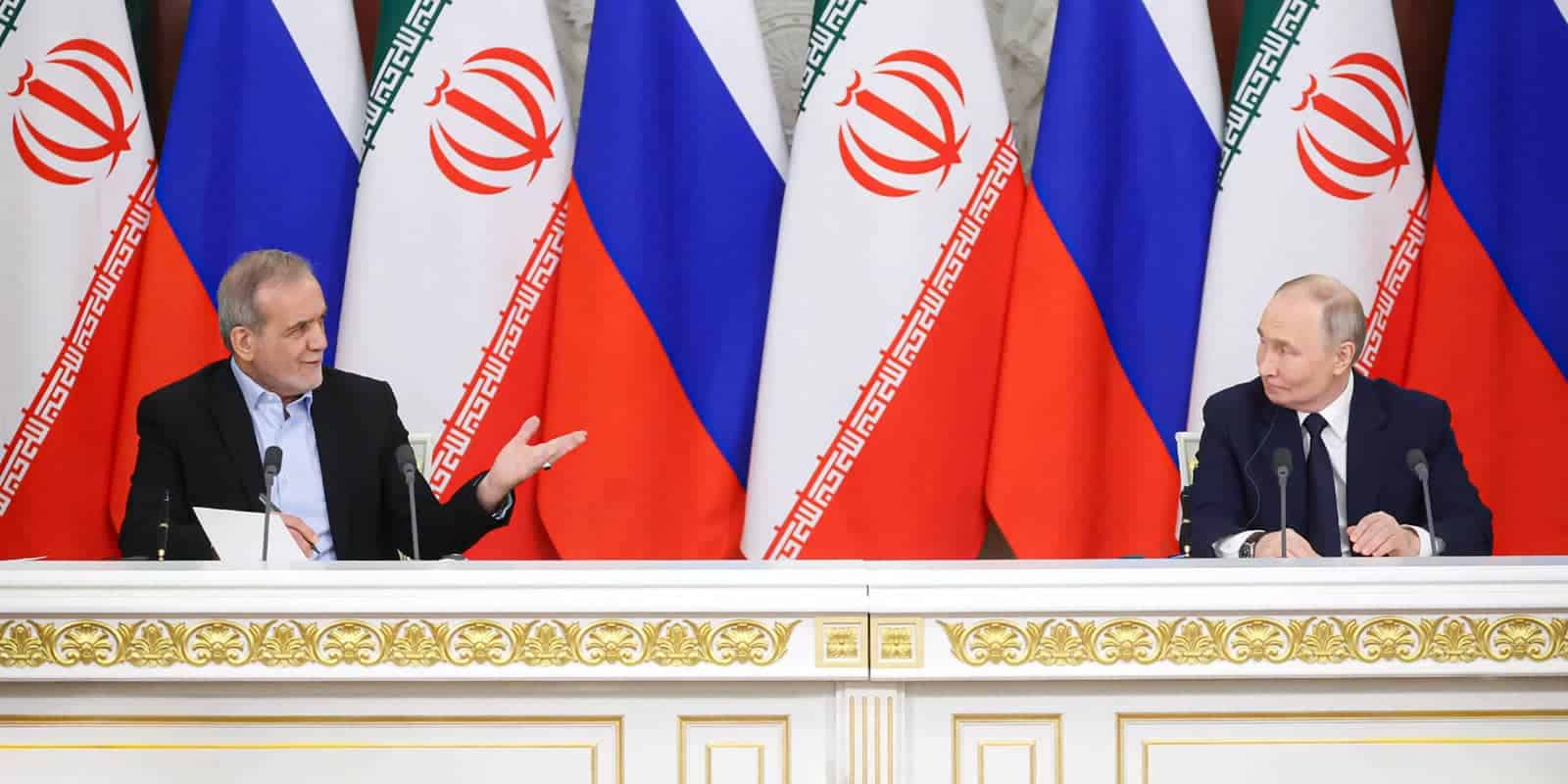
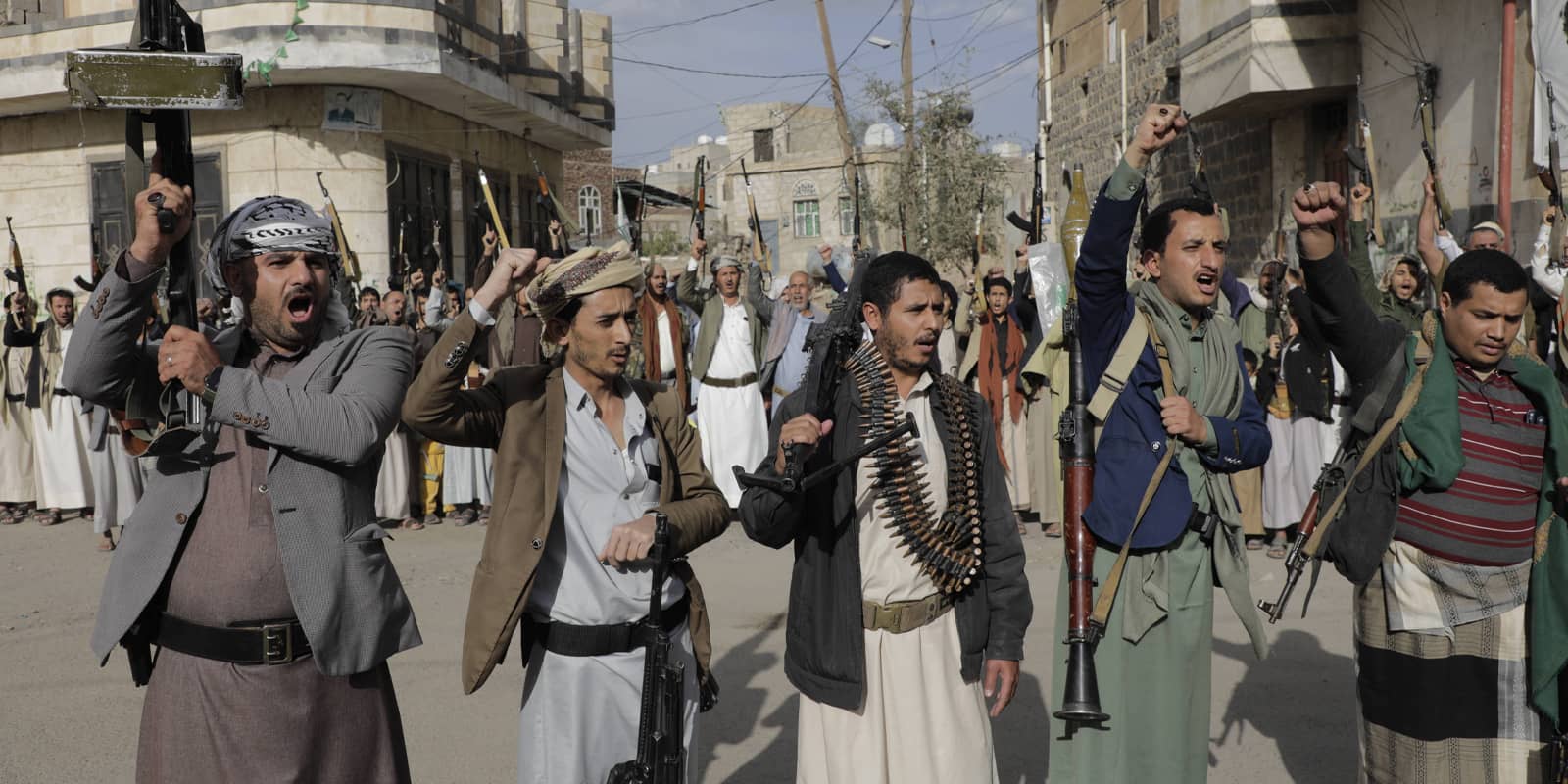
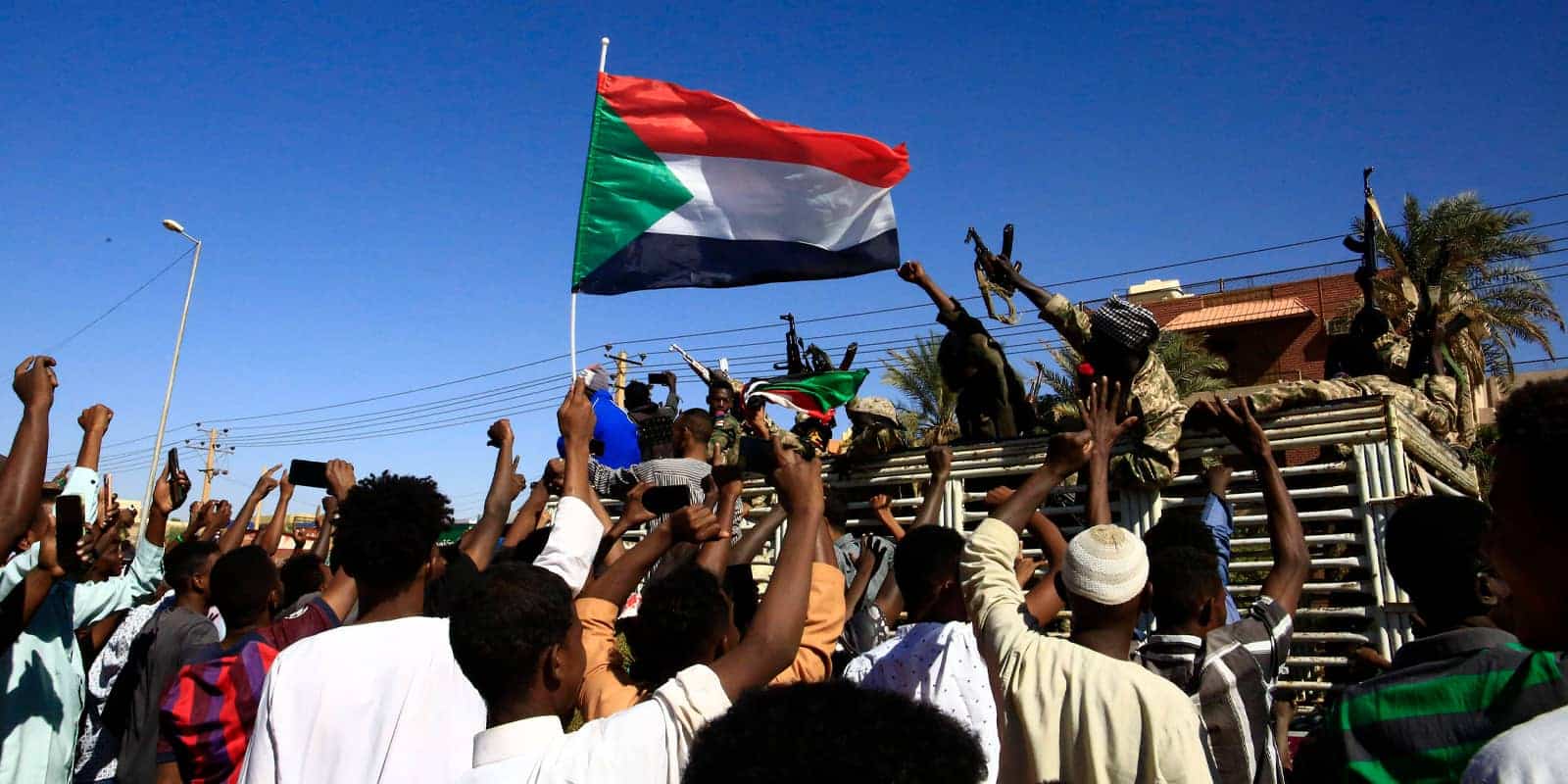
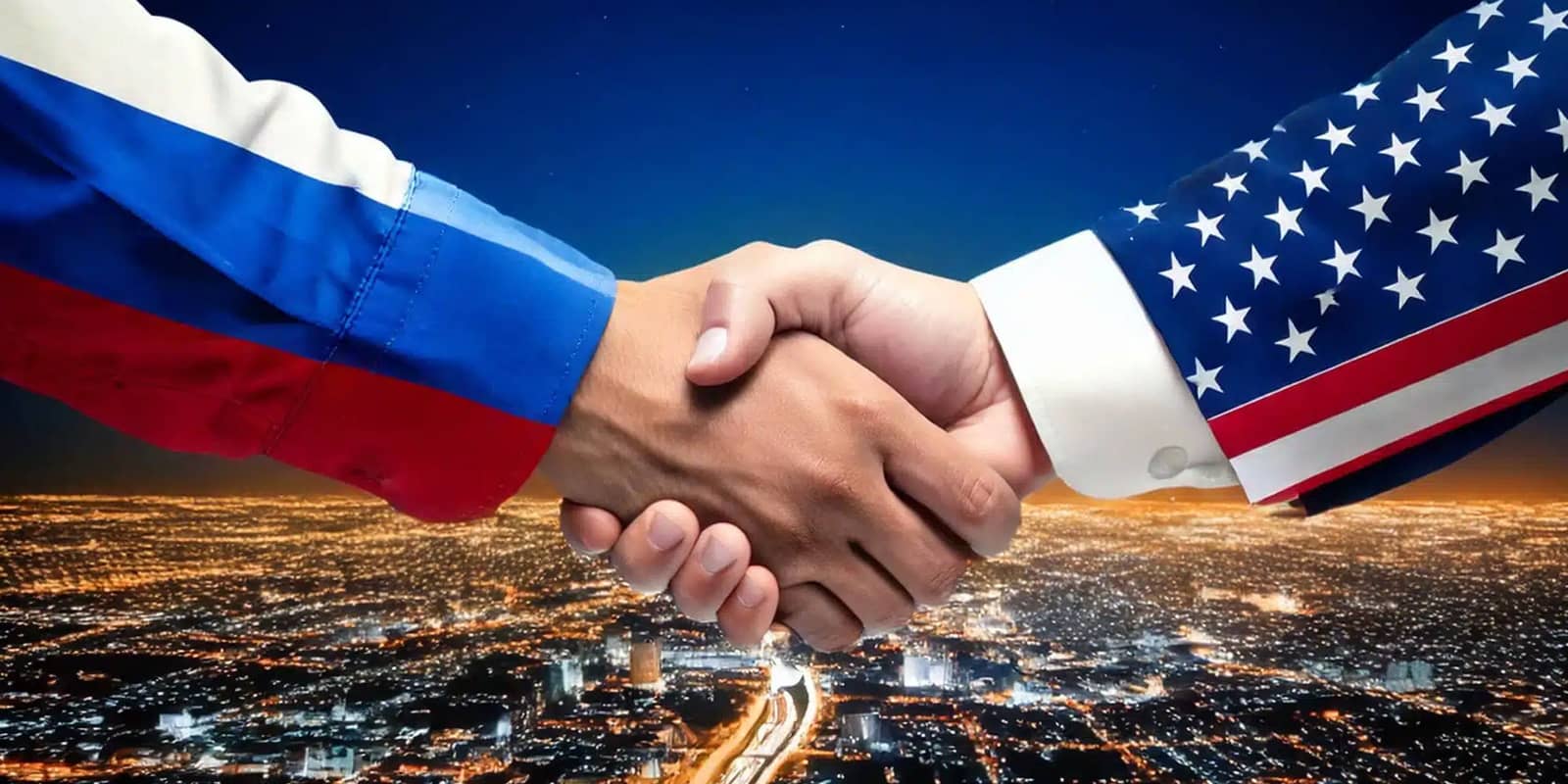

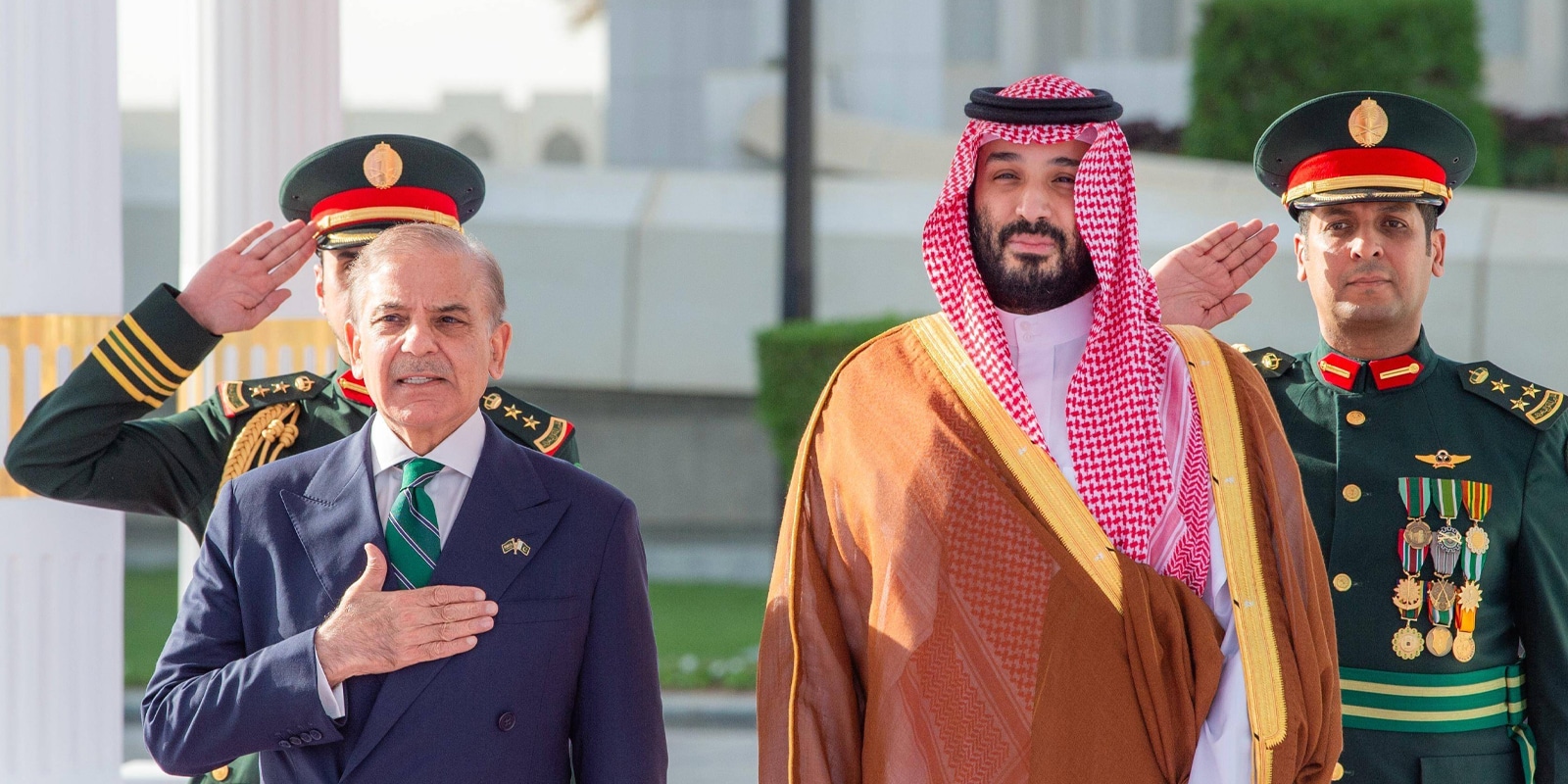
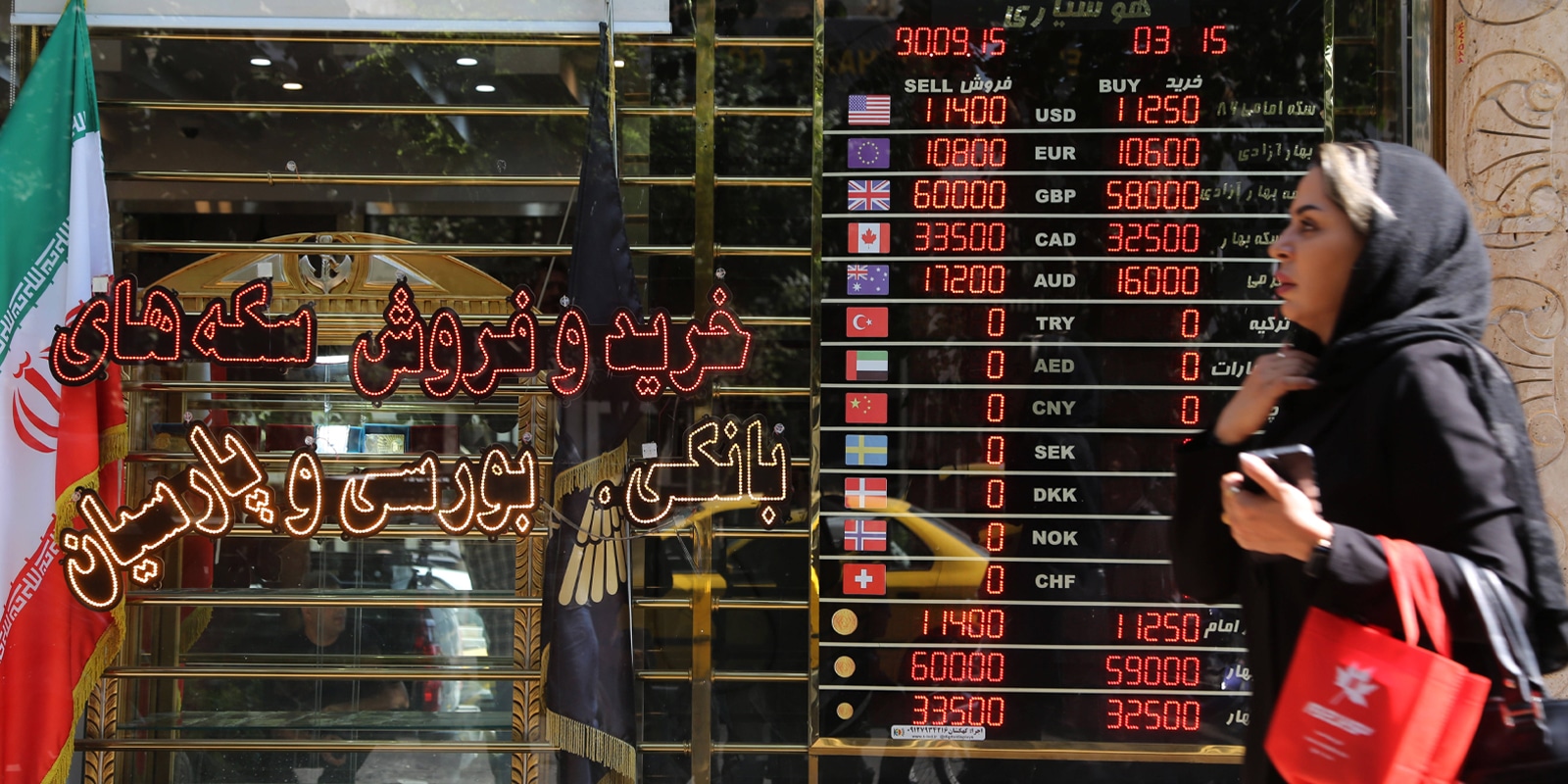

Hamas’s Battle with Gaza’s “Rogue Clans” in the Eyes of the Palestinian Public